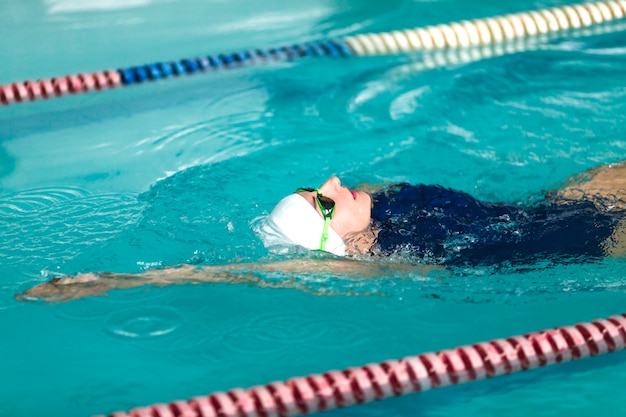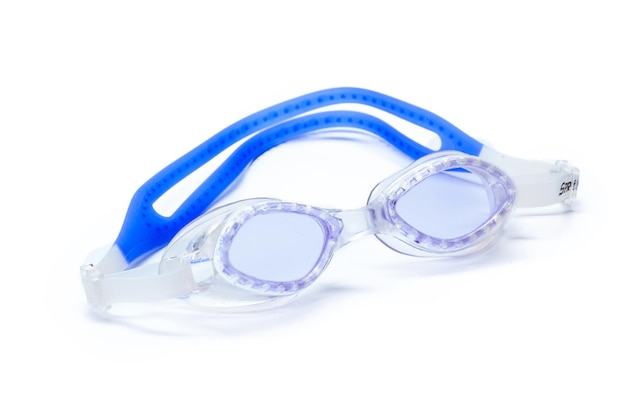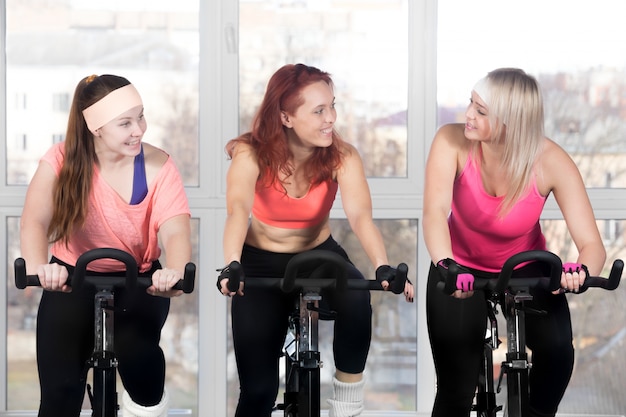Swimming is one of the most effective, low-impact exercises for people managing high blood pressure. It strengthens the heart, improves circulation, and reduces stress—all without putting strain on the joints. For individuals with hypertension, regular, moderate aquatic activity can play a powerful role in maintaining cardiovascular health. The best part? You don’t need an expensive gym membership or special equipment to get started.
In this guide, we’ll walk you through eight budget-friendly swimming tips designed specifically for people with hypertension. These coach-style pointers include proper form notes, easy modifications, and practical advice to help you stay safe and consistent in the water.

If you're new to swimming or returning after a break, begin with water walking. Walking in chest-deep water provides gentle resistance while minimizing joint impact. It helps acclimate your heart rate gradually and improves balance.
Form Tip: Keep your back straight, engage your core, and take deliberate steps. Swing your arms naturally to increase cardiovascular engagement.
Modification: Use the pool edge for support if needed. Start with 5–10 minutes and increase duration weekly.
Proper breathing is essential for people with hypertension. Rapid or shallow breaths can spike blood pressure. In swimming, practice rhythmic, deep breathing—inhale through the mouth above water, exhale slowly through nose or mouth underwater.
Form Tip: Use a flutter kick while floating on your back to practice breathing without coordination stress.
Modification: Use a snorkel or practice breathing exercises at poolside if in-water coordination is challenging.

The backstroke keeps your head above water, allowing steady breathing and reducing strain. It’s ideal for maintaining a consistent, moderate heart rate—key for blood pressure control.
Form Tip: Rotate your shoulders with each arm pull and keep legs near the surface with small, continuous kicks.
Modification: Use a pool noodle under your arms or lower back for added buoyancy and support.
Hypertensive individuals should never hold their breath during exertion—a habit known as the Valsalva maneuver. This can cause dangerous spikes in blood pressure.
Exhale steadily whenever your face is in the water, even during simple movements like kicking with a kickboard. Make exhalation a constant, automatic action.
You don’t need to swim fast to benefit. For safe exercise with hypertension, keep intensity moderate. Use the 'talk test'—if you can speak in short sentences without gasping, you're in the right zone.
Aim for 20–30 minutes of continuous, comfortable swimming or water exercise, 3–5 times per week.

You don't need high-end equipment. A $10 pool noodle, kickboard, or pair of goggles can enhance safety and comfort. These tools help maintain form and reduce fatigue.
Use a kickboard to focus on leg movement while keeping the upper body stable. A pool noodle can support the back or arms during floating exercises.
Even though you're in water, dehydration can still occur—especially in warm indoor pools. Drink water before and after your session.
Limit sessions to 30–45 minutes, especially when starting out. Prolonged immersion can affect circulation and blood pressure regulation in sensitive individuals.
Always end with a 5-minute cool-down. Gentle swimming or floating helps your heart rate return to baseline gradually. Follow with water-based stretches—reach overhead, stretch shoulders, and gently move your legs.
Water provides natural resistance for safe stretching and reduces dizziness risk compared to standing stretches on land.
Swimming offers a powerful, accessible way to support blood pressure management. With these eight budget-friendly tips, you can enjoy the cardiovascular benefits of aquatic exercise safely and effectively—no expensive gear or advanced skills required.
Always consult your healthcare provider before starting any new exercise program, especially if you have diagnosed hypertension or are on medication. Once cleared, let the water support your journey to better heart health.

Health

Health

Health

Health

Wellness

Wellness

Wellness

Wellness

Fitness

Fitness

Wellness

Wellness

Health

Fitness

Health

Health